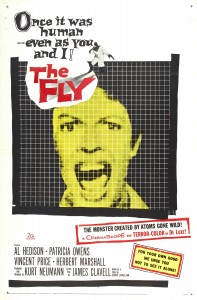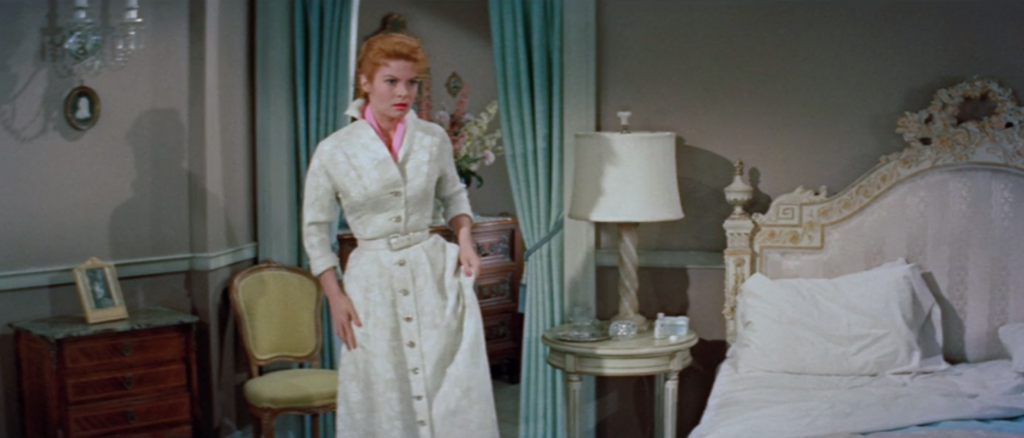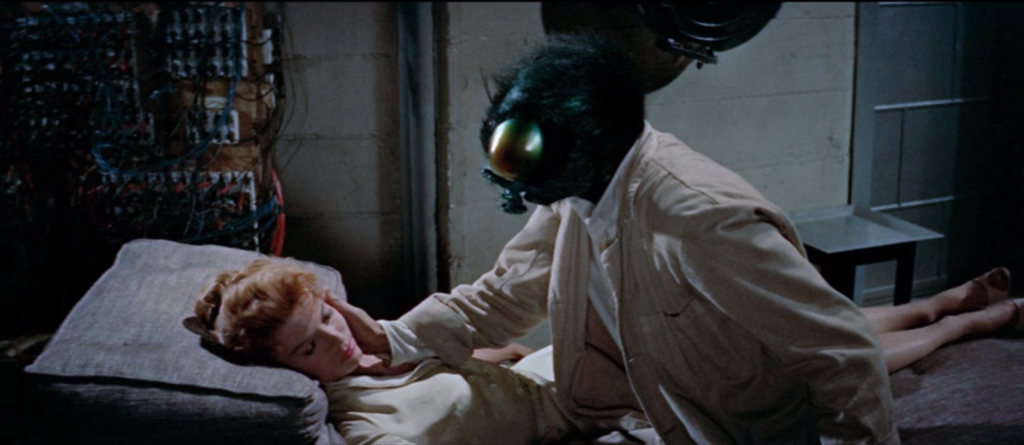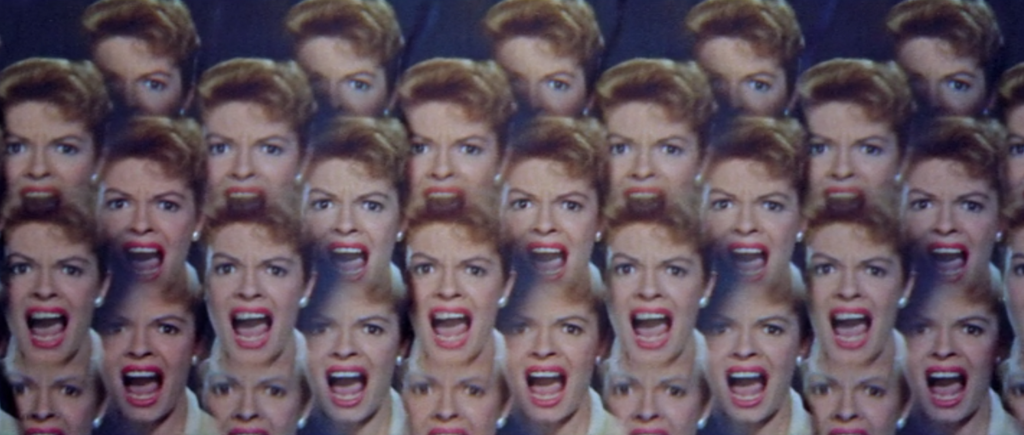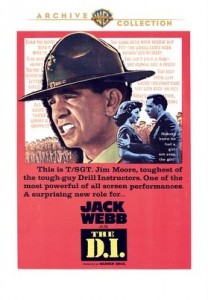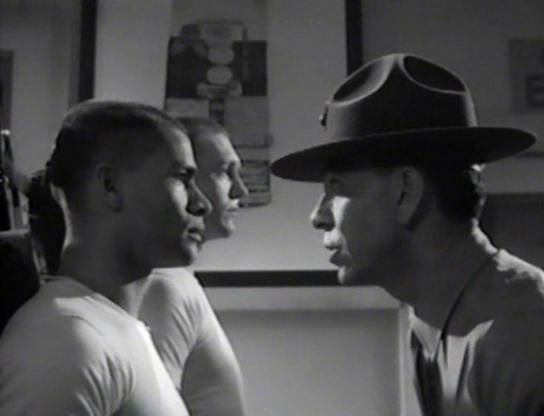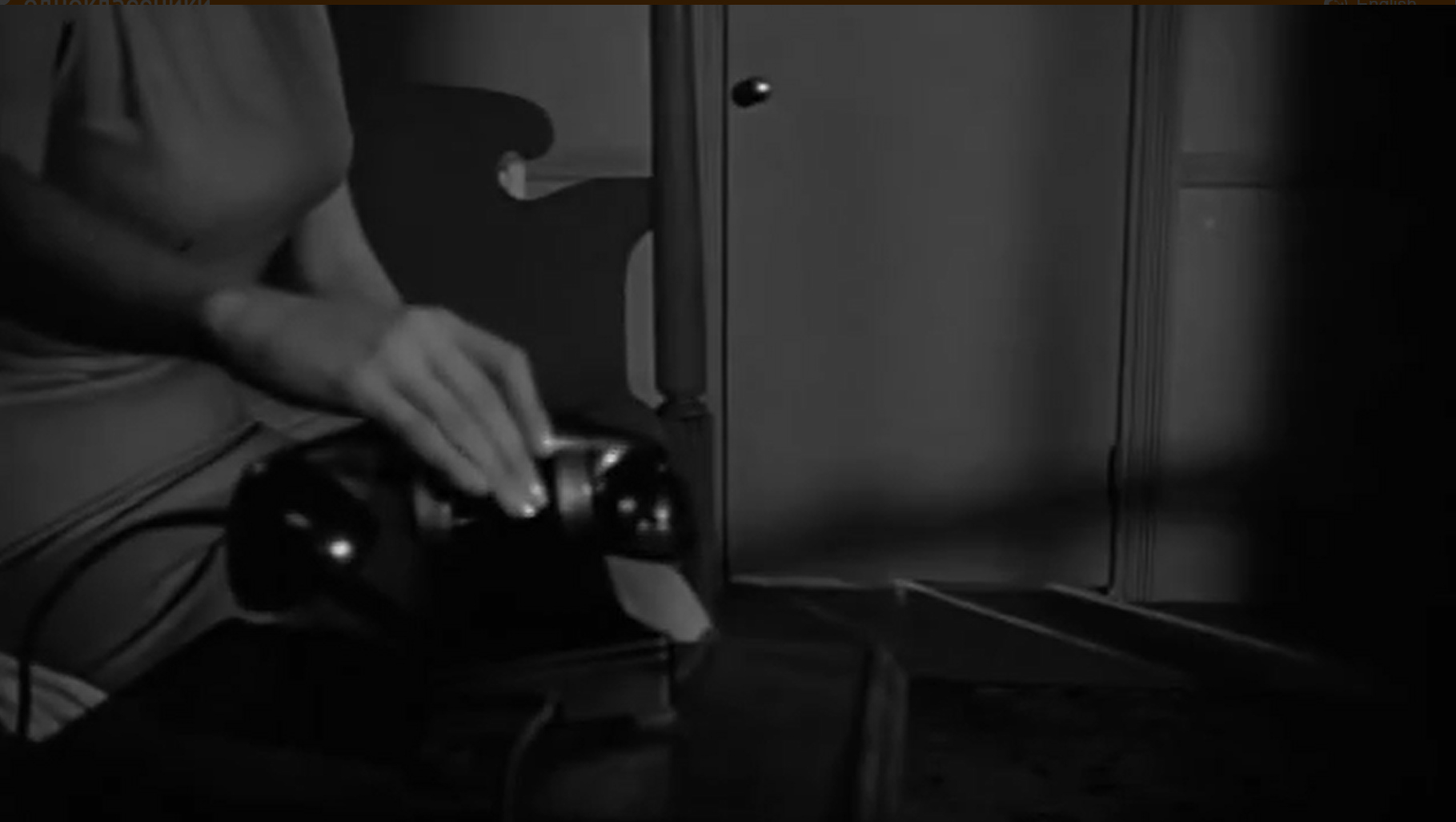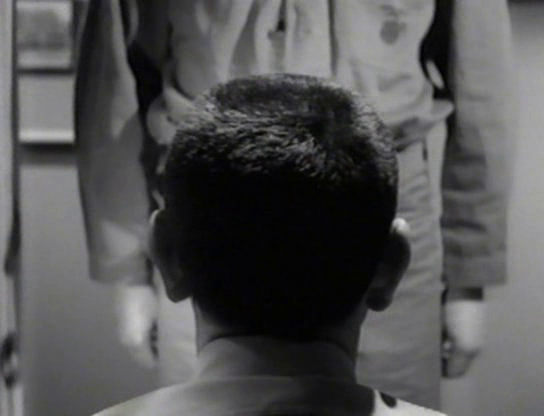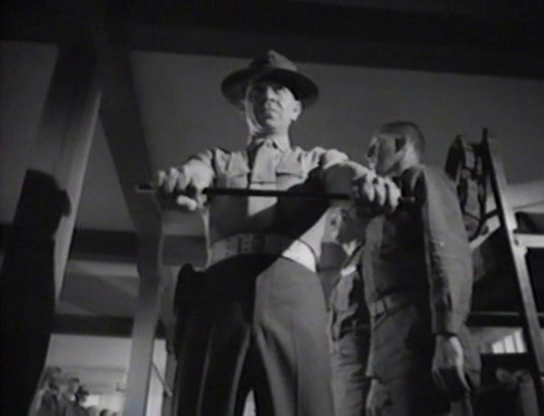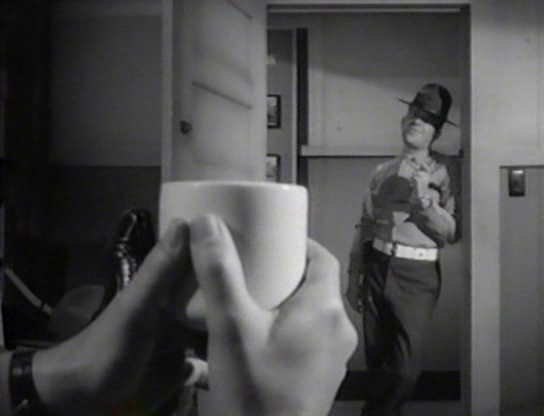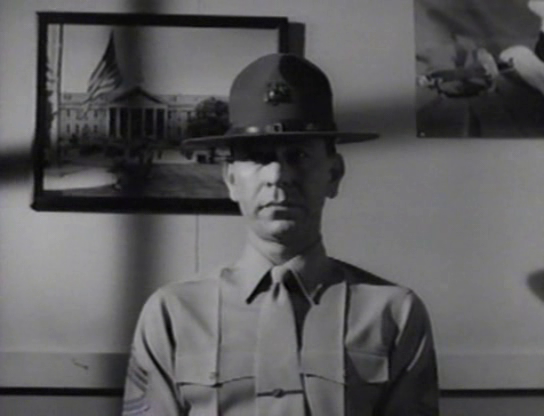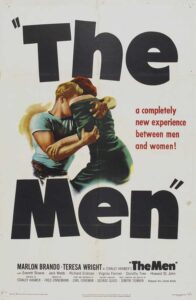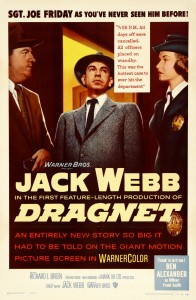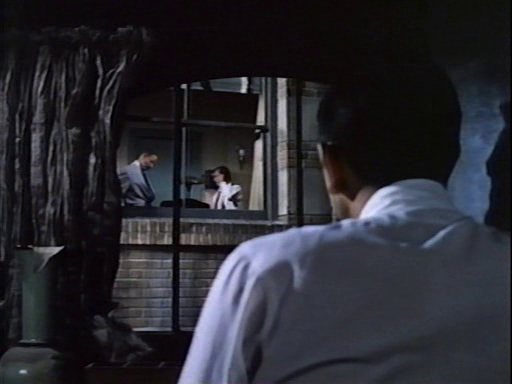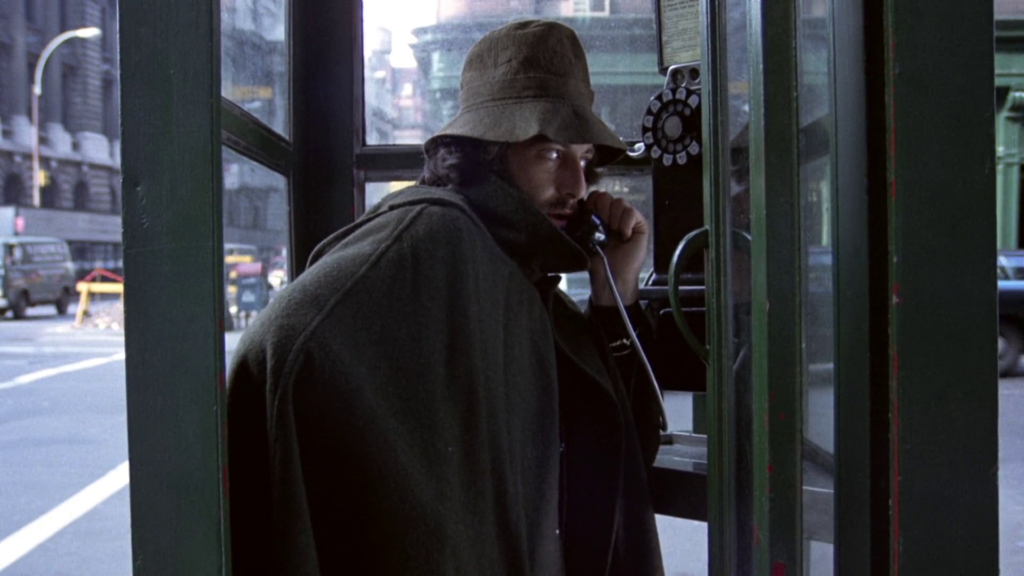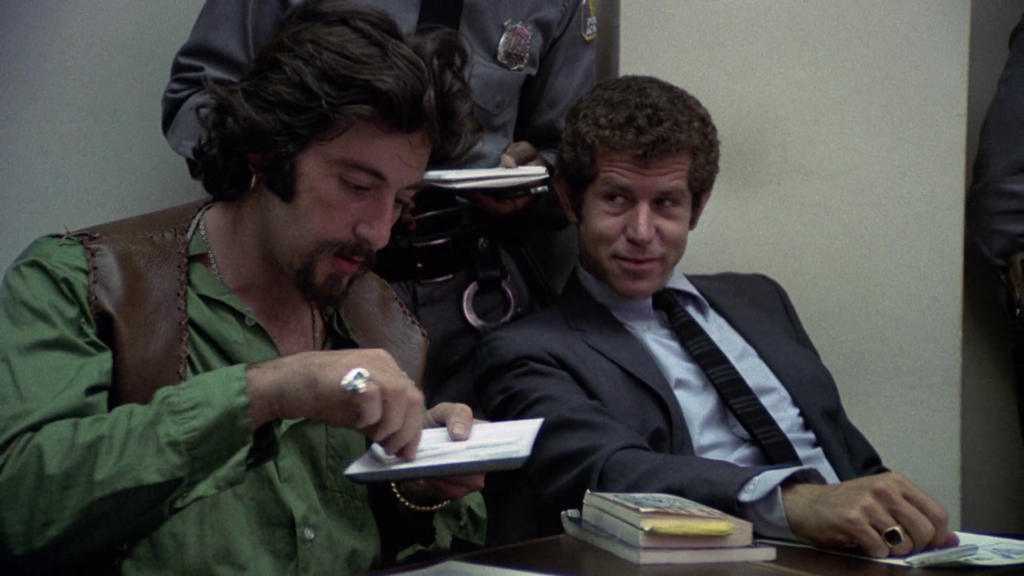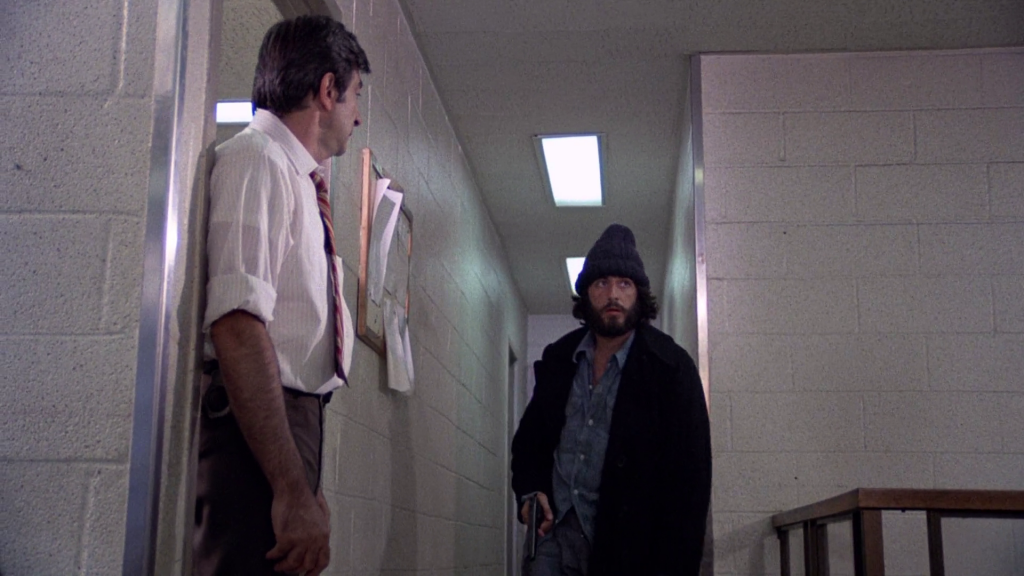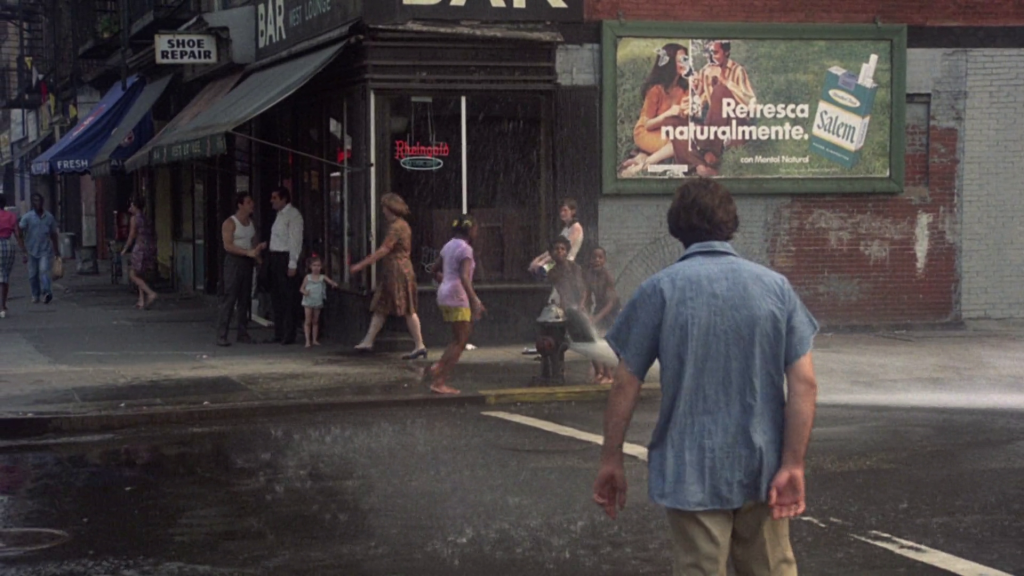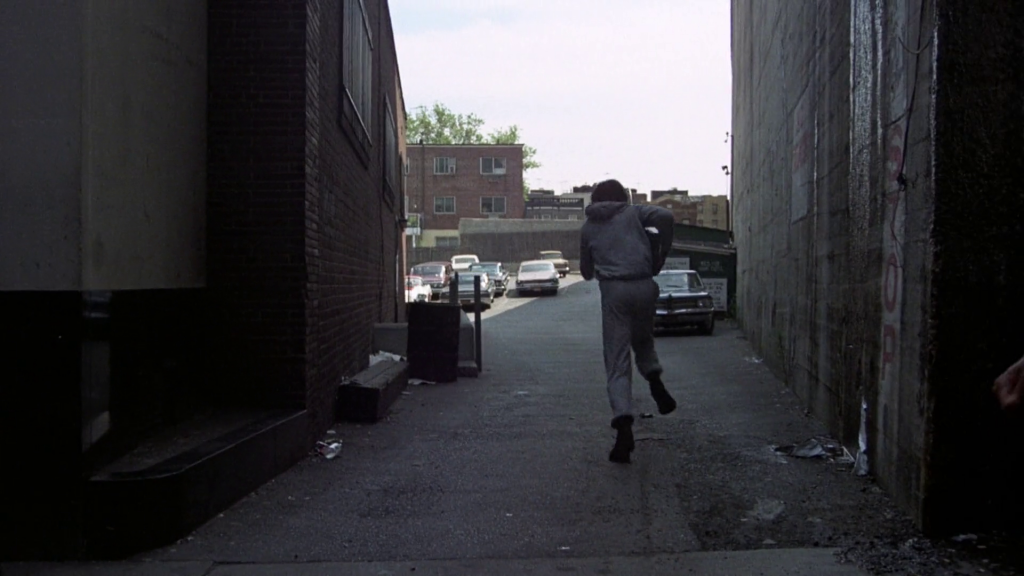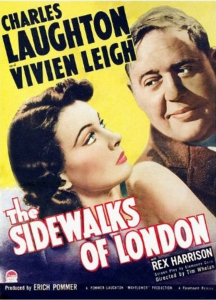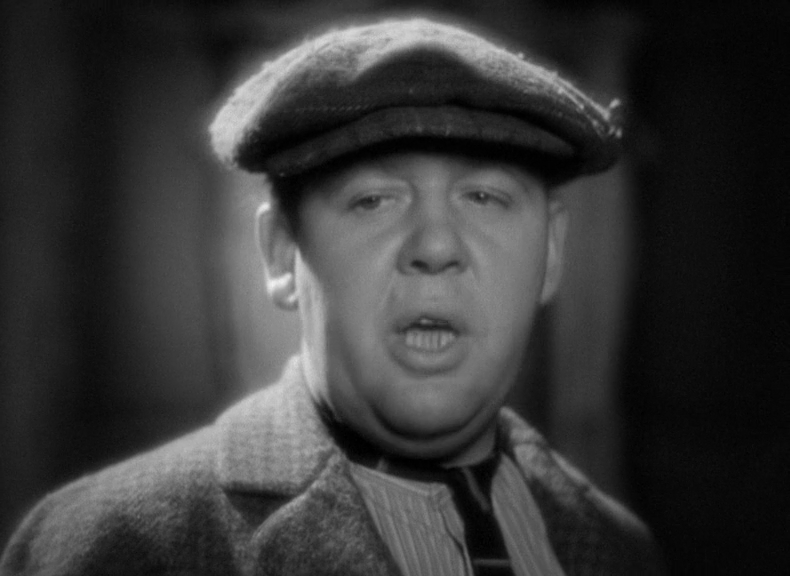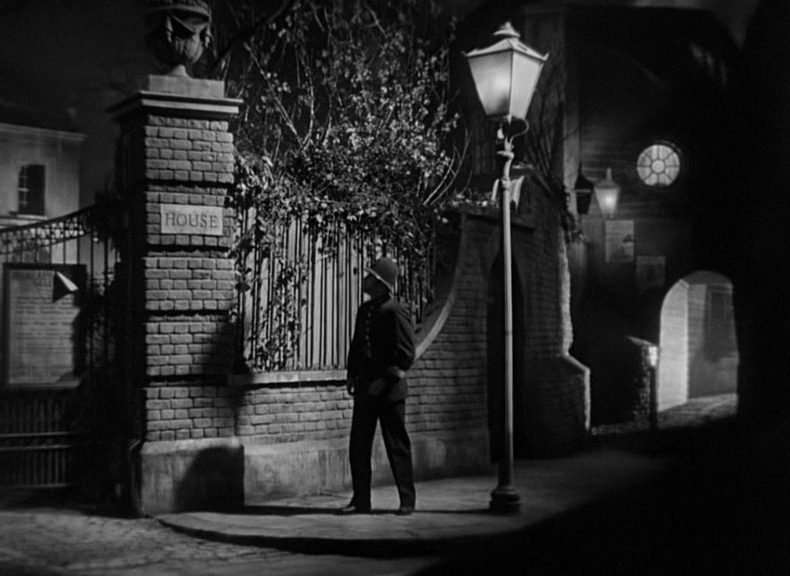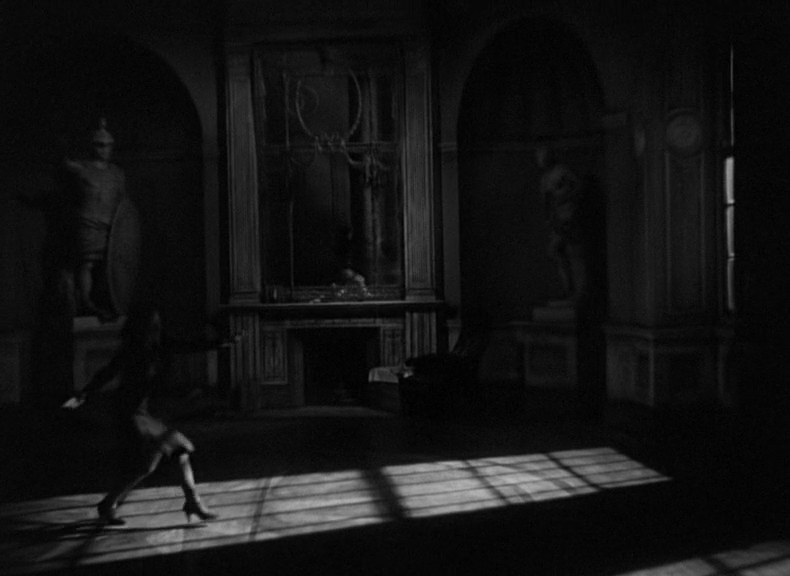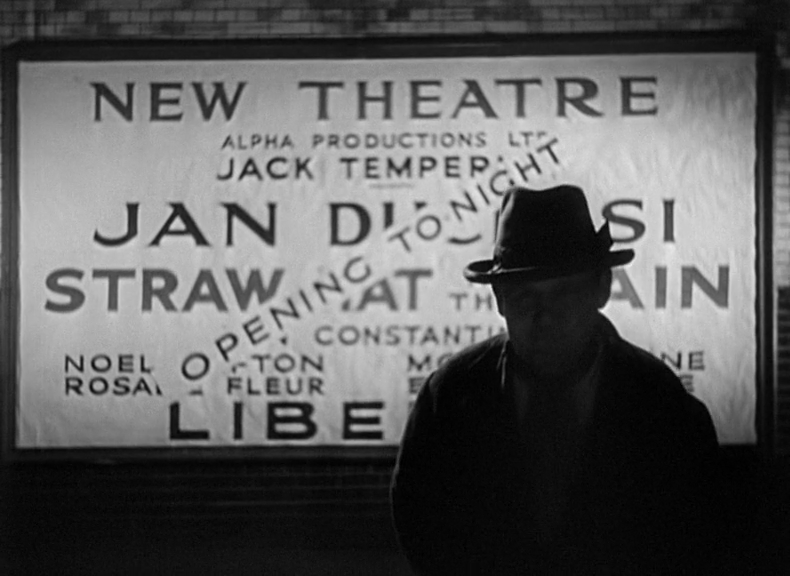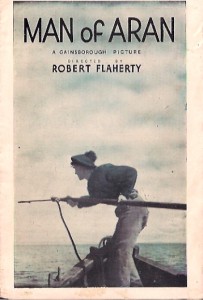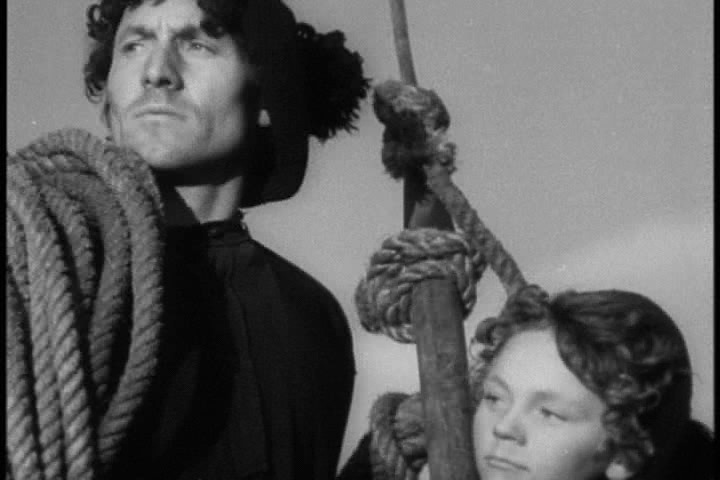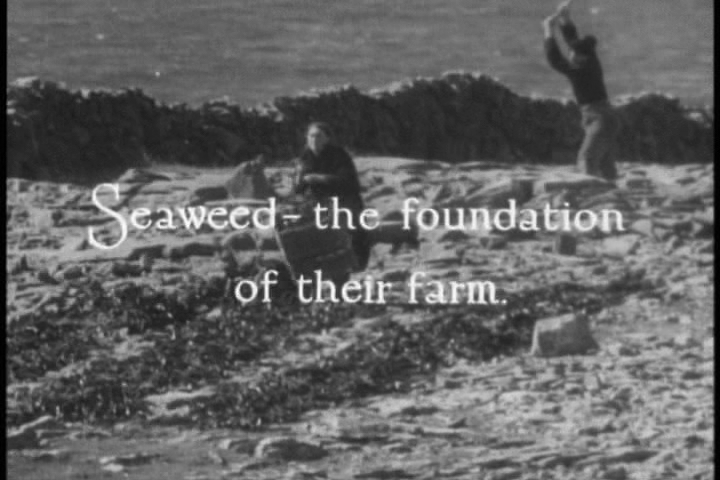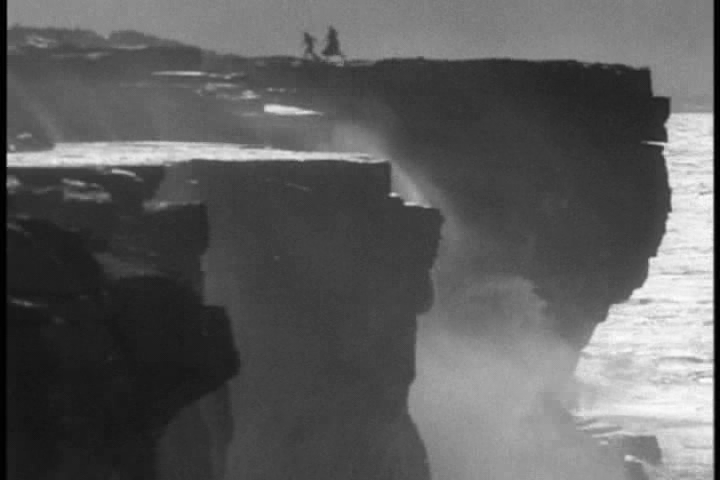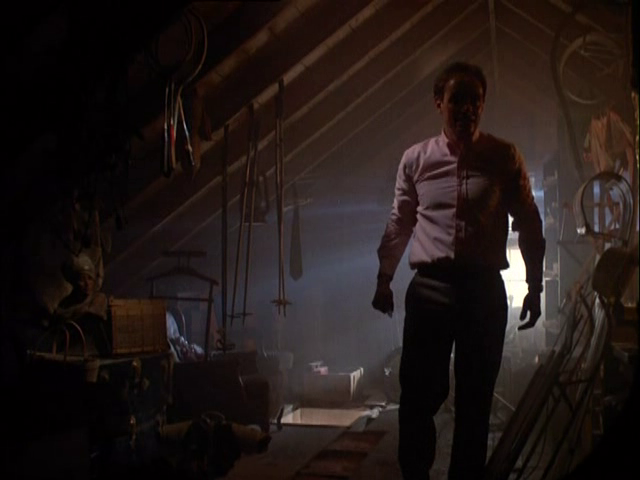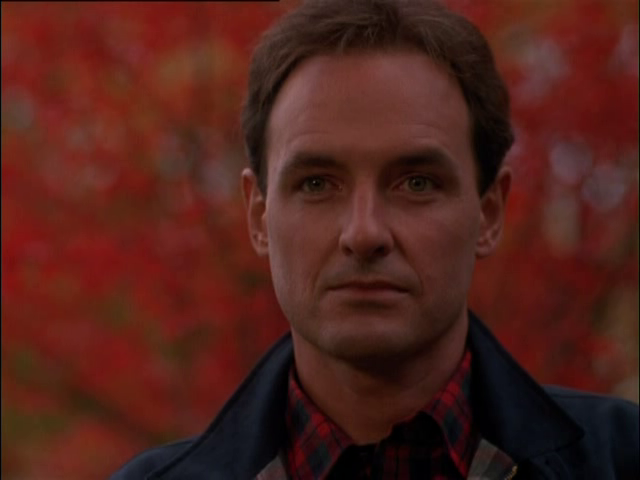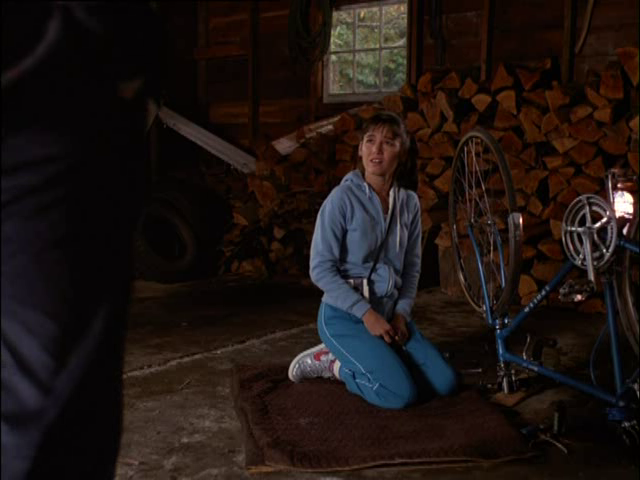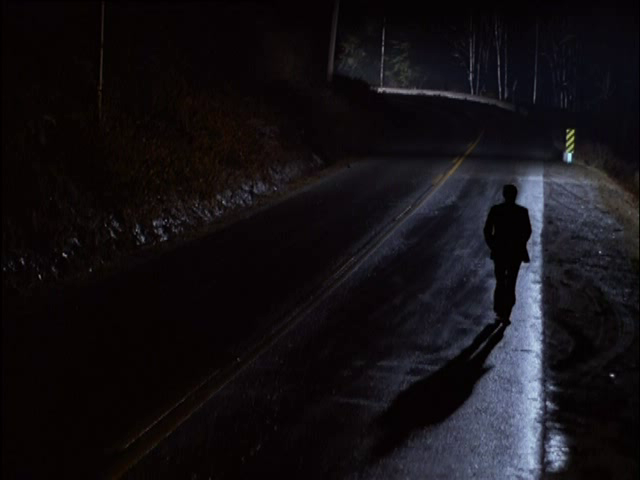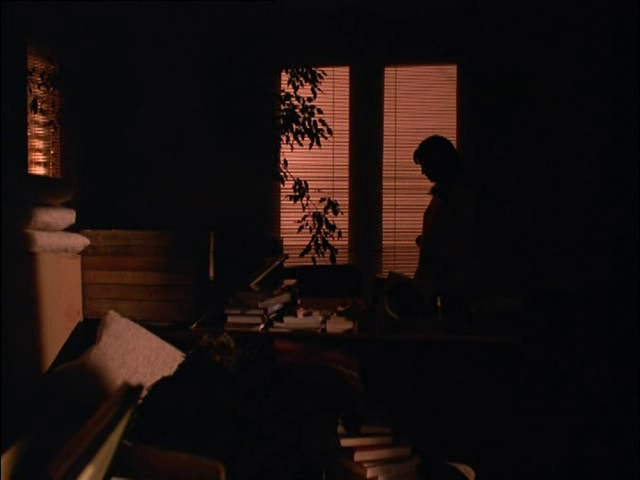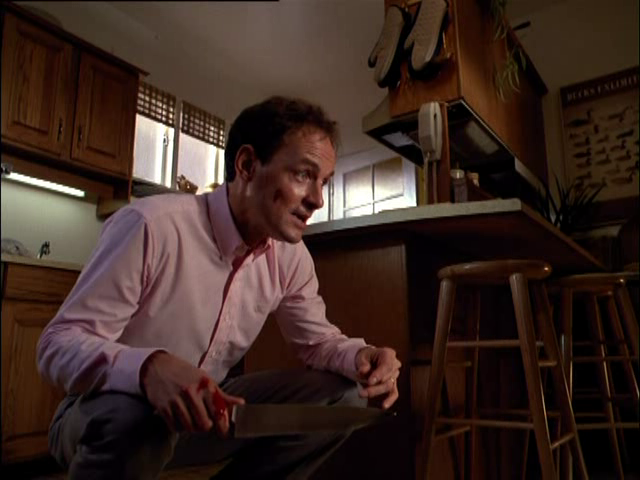|
Genres, Themes, Actors, and Directors:
- Disabilities
- Fred Zinneman Films
- Jack Webb Films
- Marital Problems
- Marlon Brando Films
- Teresa Wright Films
- Veterans
Review:
Marlon Brando made an auspicious cinematic debut in this hard-hitting social drama about paraplegic veterans struggling to re-enter mainstream society at a time when mortality rates were much higher, and public sympathy was much lower. Naturally, Brando — fresh from Broadway success as Stanley Kowalski — brought plenty of Method intensity to his preparation for the role (including living for a month in a hospital ward with vets); nothing about his performance here is sugar-coated.

Wright’s overly earnest, non-“Method” portrayal role feels somewhat jarring in contrast, though she nicely conveys the tensions inherent in such a life-altering choice.
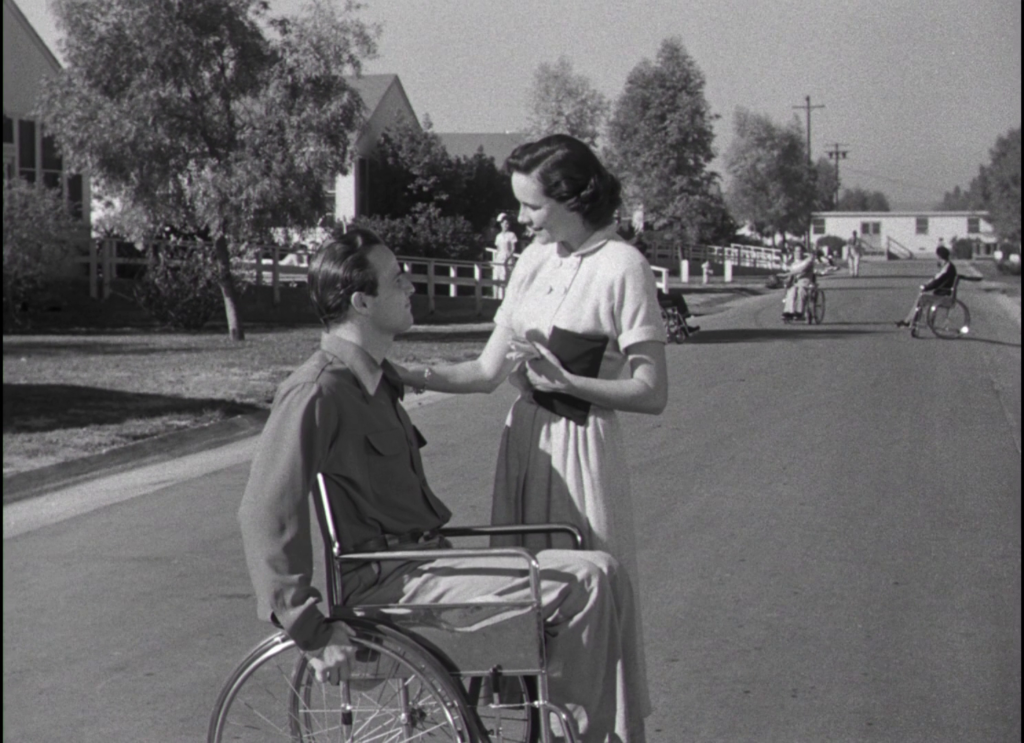
Meanwhile, Carl Foreman’s Oscar-nominated script is refreshingly authentic, touching on a variety of uncomfortable topics (including the sudden, unexpected death of a well-liked vet, and the very real possibility of infertility), and making it clear that life for these brave soldiers has been brutally transformed.

While other films — i.e., Coming Home (1978), Born on the Fourth of July (1989), and Murderball (2005) — have since covered similar territory in both narrative and documentary form, The Men remains worth a one-time look for its historical relevance and for Brando’s performance. Watch for Everett Sloane as the men’s no-nonsense doctor, and Jack Webb in a supporting role as a cynical bearded vet.
Redeeming Qualities and Moments:
- Marlon Brando as Ken
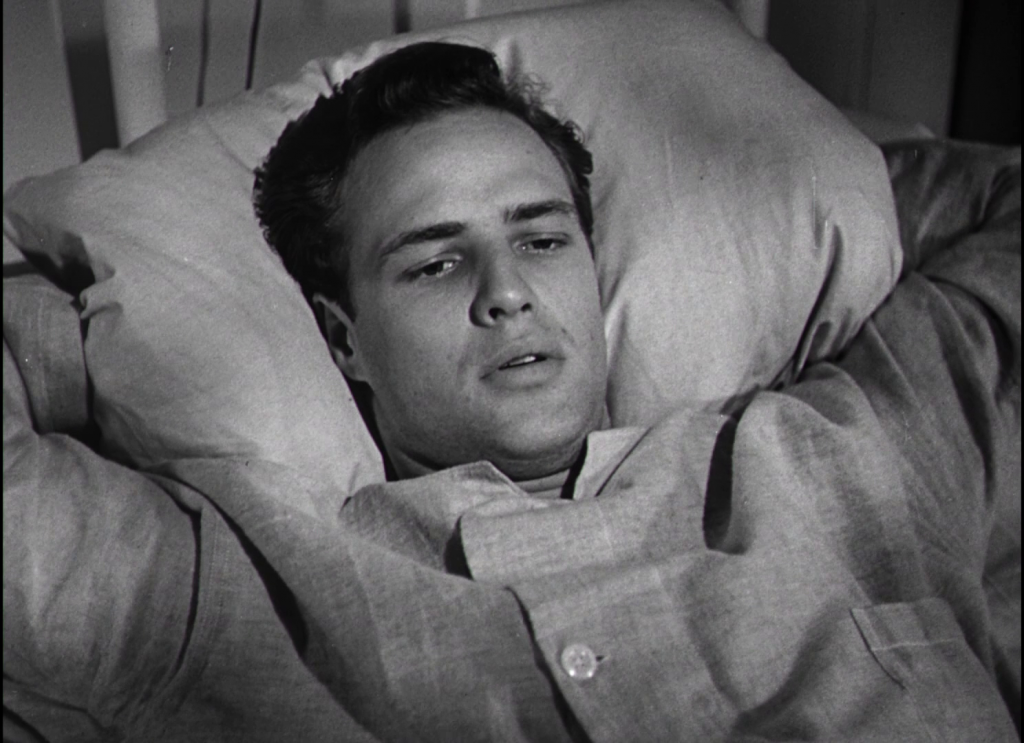
- Carl Foreman’s Oscar-nominated script
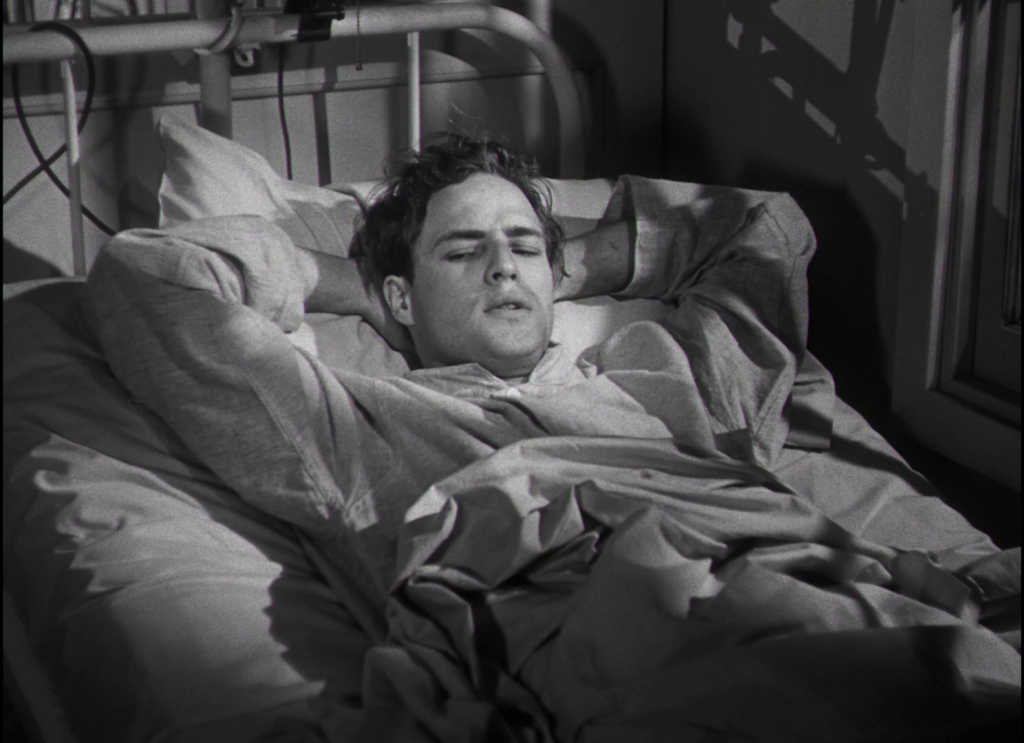
- Robert De Grasse’s cinematography
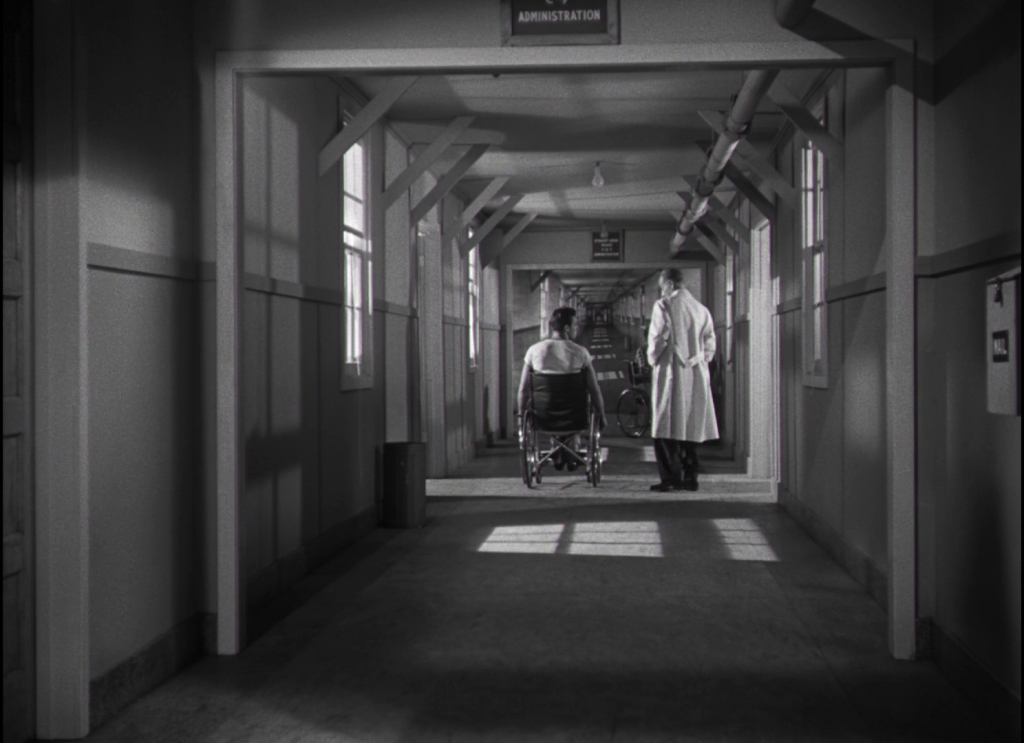
Must See?
No, but it’s certainly worth a one-time look. Listed as a film with Historical Importance.
Links:
|
